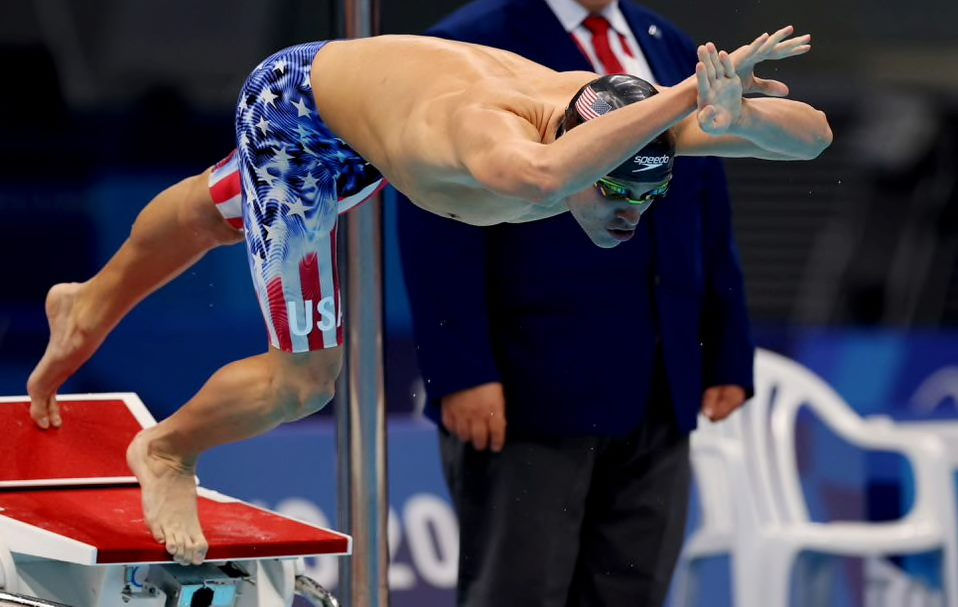How should I prepare for my first triathlon swim in the open water?
- Shauqie Aziz

- Apr 27, 2021
- 4 min read
Updated: May 1, 2023
This article was originally written for the Malaysia Triathlon Association (MTA) and is reproduced here.
If you are reading this article, chances are you have recently learned to swim. Let me guide you through the process of gaining confidence from the pool to open water, with some key safety skills which remain important for experienced triathletes as well.
Basic swim stroke
The first swim style you need to master and be good at is breaststroke swimming. Why so, instead of freestyle? If you can swim breaststroke (frog style), that also means you can learn to tread water when you need to stop in the middle of a deep pool or the sea. The leg movements for breaststroke and water treading are the same; thus, knowing how to kick in the breaststroke will complement your ability to water tread, which is the most basic and fundamental water safety skill.
While we always advocate being competent in freestyle for triathlon races, it is common and acceptable to kick off your triathlon journey with the breaststroke first. One benefit of the breaststroke is that you do not need to worry about navigation as you can easily sight for direction when you come up to breathe. In any case, you must ensure that you are strong enough in your breaststroke (or any stroke for that matter) for your race. For beginners, this means being able to cover the swim distance of the race in the pool first. So if you are taking part in a sprint triathlon (750m swim) or an Olympic distance triathlon (1500m swim), you must be clocking at least 750m/1500m each time you train as you approach your race.
Water treading

Different levels of water treading
At the end of your training sessions, make sure you practise your water treading skills. You want to practise it such that you can stay afloat for about 10-20 minutes in the event of any emergencies. There are a few ways to tread water. The advanced water treading technique requires good coordination between your arms and legs but you can start with a beginner version. You can view the beginner, intermediate and advanced treading styles in the link below:
Go on your back!

In case a panic attack happens, you should know how to float on your back. When you go on your back, you no longer see the choppiness of the water, but instead you see clear blue skies as your face is facing upwards. You should be able to catch your breath again, as much as you want, until you calm down. Then flip to the front position to start swimming again when you are ready. Don’t forget to ask your swim coach to teach you this critical skill.
Overcoming cramps in the sea
Cramps can happen at any point in the swim. Many factors contribute to cramping including not clocking enough training mileage, poor breaststroke technique or a sudden change of muscle movement (for example, changing from freestyle to breaststroke or the other way around). If this happens, take a deep breath and hold, put your head down into the water and use your hands to massage the area. You will find that your body can float without needing the use your arms or legs but simply by filling your lungs with air! Repeat this until your cramp is gone. You can watch Coach Alyce Ooi demonstrate how to float by using just your lungs in the video above.
These safety techniques must be practised and you must ensure you can do them well in the pool before going to the open water.
Take the next stroke
After completing a couple of events with breaststroke, do not be comfortable knowing one stroke only as it is not the best way to swim in the open water. The drawbacks about swimming breaststroke in the sea are that you can’t improve your swim/race timing and it uses a lot of effort from the legs that you need to save for your bike and run later on. It’s also not in line with triathlon/open water swimming etiquette as you can injure other participants by inadvertently kicking them in the stomach, face and even kicking their goggles off.
So once you have gained some confidence in the breaststroke, you should learn to swim freestyle. There is a common misconception about freestyle that it is difficult and tiring. Yet, it is in fact the most efficient method of swimming and one that you can hold for long distances, especially if you’re going for the 3.8km full Ironman swim distance or a 5km half marathon swim. The secret of freestyle swimming is in learning the right technique that is suited to your individual physique.
Trust me, once you find that sweet spot in your freestyle, you’ll be swimming continuous laps in the pool in no time; and you’ll be on your way towards completing longer race distances, beating your best times and becoming an all-rounded triathlete!
Shauqie Aziz is Head Coach at MySwim Coaching. He is a Swim Smooth Certified Coach and Malaysia Triathlon Association (MTA) Level 1 Coach. He is passionate about coaching adults to swim and helping them to achieve their triathlon goals.









Comments